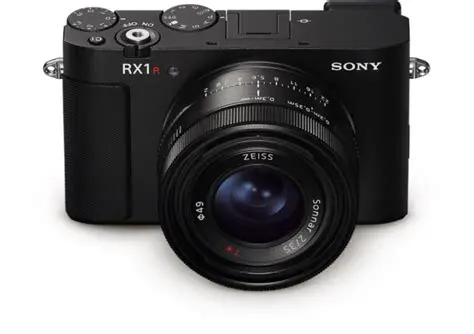
“Change is the only constant in technology,” a truism that most especially applies this week as Google and Sony both subvert expectations in their respective domains. To those of us who monitor every twist and turn in Android’s evolution or break down the specs on high-end cameras, the past couple of days have been an onslaught of news some of it highly anticipated, some of it utterly astonishing.
From Google’s official announcement of the merger of Chrome OS and Android to Sony’s hard-hitting release of the RX1R III, everything is shifting for operating systems and point-and-shoot cameras alike. These releases promise more than new features, however everything is being re-envisioned about what’s possible for consumers who need seamless integration and uncompromising quality. Here are the most compelling developments and what they mean in the context of the future of photography and technology.
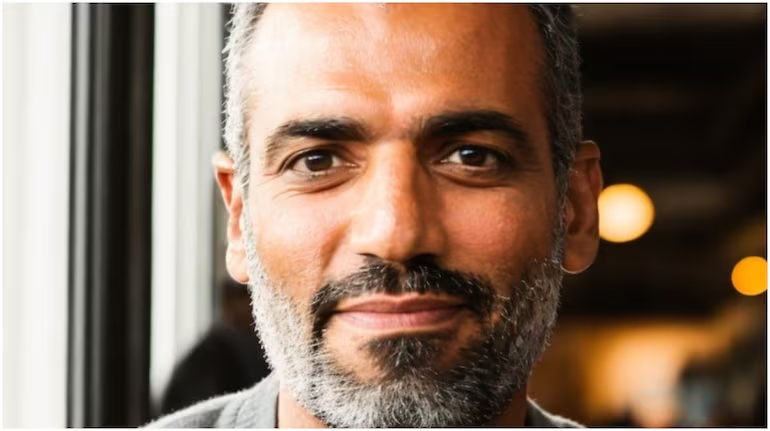
1. Google’s Unified OS: Rumor Becomes Reality
After years of speculation, Google’s head of Android, Sameer Samat, has finally put the rumors to rest: “We’re going to be combining Chrome OS and Android into a single platform,” he told TechRadar, as reported by The Verge. This is the final buildout of Chrome OS as a standalone product, as Google moves to build a unified system that takes the best of both worlds. The consolidation will make it easier to develop, accelerate the delivery of features, and most significantly take on Apple’s iPadOS and macOS platform head-on.
It’s not merely technical convergence; it’s a strategic refresh of Google’s entire device portfolio. By merging Chrome OS’s security and simplicity with Android’s liberty and extensive app catalog, Google is betting on a future where consumers switch between phones, tablets, and laptops as easily as they would between cars in a garage.
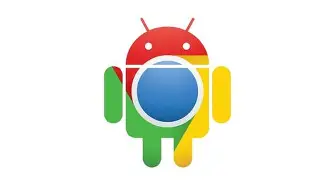
2. The End of Chrome OS as We Know It
For over a decade, Chrome OS had become the de facto standard for classrooms and budget laptops, praised for its performance and security. Yet as Applivery suggests, Google’s statement marks the end of an era. It’s not merely a matter of technical underpinning; it’s a recognition that the stand-alone strategy can’t keep up with the evolving requirements of users and the inexorable pace of Apple’s hardware-software bundle.

The shift to an AI-driven, unified OS brings new challenges to organizations with multiple fleets of devices. Unified Endpoint Management solutions are called for, as lines between desktop and mobile start to blur. For end-users, the promise is a more consistent, robust experience, if Google can deliver on the daunting task of merging two mature ecosystems.
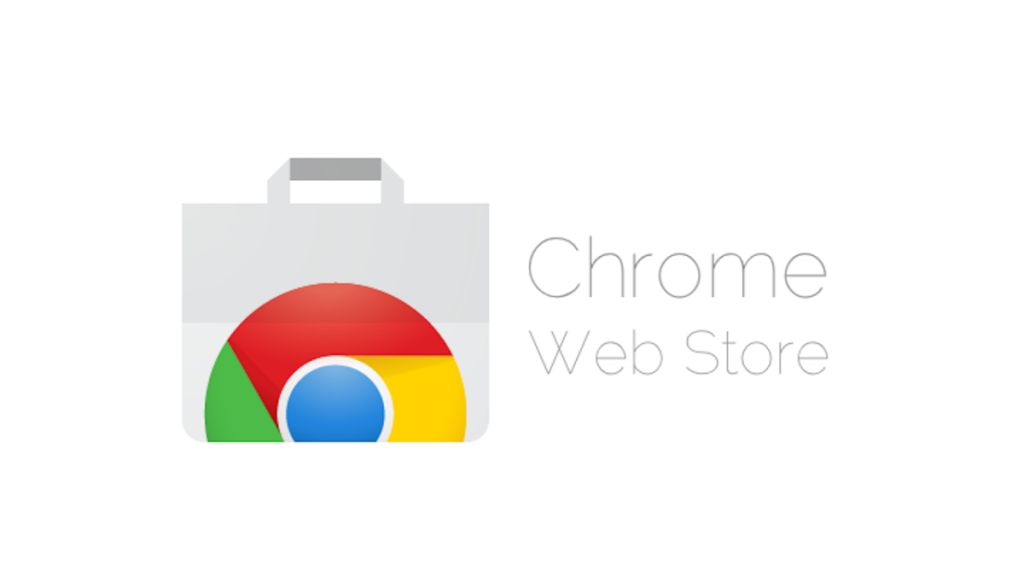
3. Android Apps on the Big Screen: From Frustration to Fluidity
The unseemly coexistence of the Google Play Store and Chrome Web Store on Chromebooks has long been a frustration and source of confusion. As PCMag points out, most Android apps remain incapable of scaling properly to larger screens and look like poorly stretched phone interfaces. The unification will end this compromise.
With Android 16 introducing desktop modes, resizable windows, and better external display support, Google is making a definite statement of purpose to transform Android into a top-shelf desktop-class OS. Developers are being encouraged to create apps that scale beautifully on every variety of device, opening the door to the possibility of eliminating the last major roadblock to Android’s ubiquity beyond the smartphone.
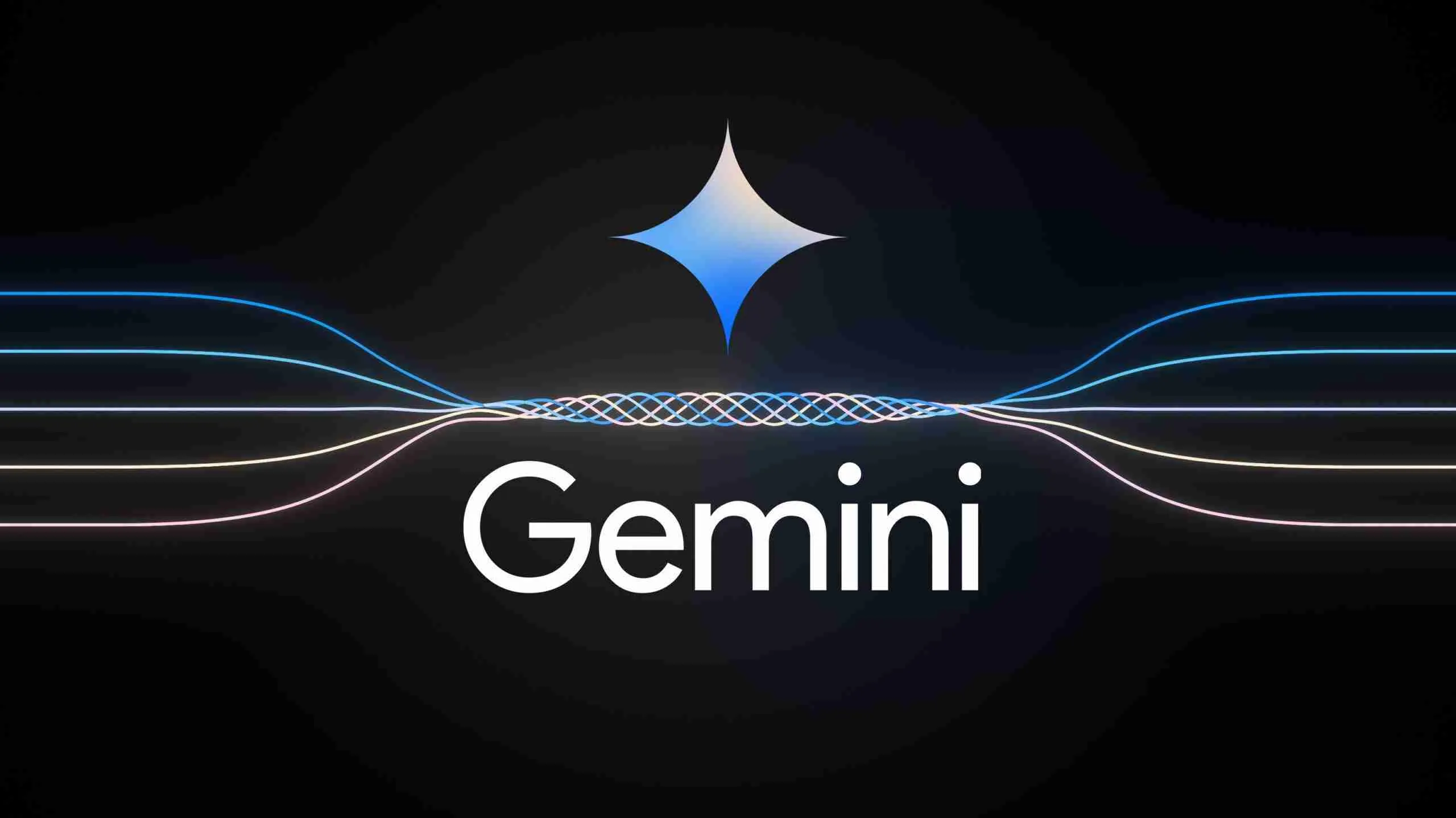
4. AI and Custom Silicon: Google’s Competitive Advantage
Artificial intelligence is quickly becoming the battleground for next-generation devices. Google’s Gemini AI, as noted by ZDNet, is already deeply integrated across its platform, and the combined OS has the potential to bring real-time predictive text, intelligent task suggestions, and sophisticated data handling to Arm-based laptops.
Meanwhile, the Tensor G5 chip the supposedly coming-on-strong Tensor chip based on TSMC’s 3nm process may finally give Google the hardware-software tie-in to finally challenge Apple’s M-series Macs. Android-running laptops, if Google nails it, would become a front-runner in both performance and AI-enabled capabilities. But as experience has shown, flawless execution is necessary; stakes have never been higher.

5. Sony RX1R III: Tiny Camera, Ambitious Aspirations
As Google redefines the OS market, Sony stunned the world of photography with the RX1R III, a 60.2MP full-frame point-and-shoot camera sporting a fixed 35mm F2 lens. As DPReview describes it, the RX1R III has an overhauled body, cutting-edge AI-based autofocus, and new film simulation modes.
Its $5,099 price tag reflects Sony’s confidence in the market for upscale compacts, a segment that, according to CIPA, is experiencing a surprising resurgence. For photographers who desire the look of a full-frame sensor but in a portable form factor, the RX1R III is an excellent if pricey option.
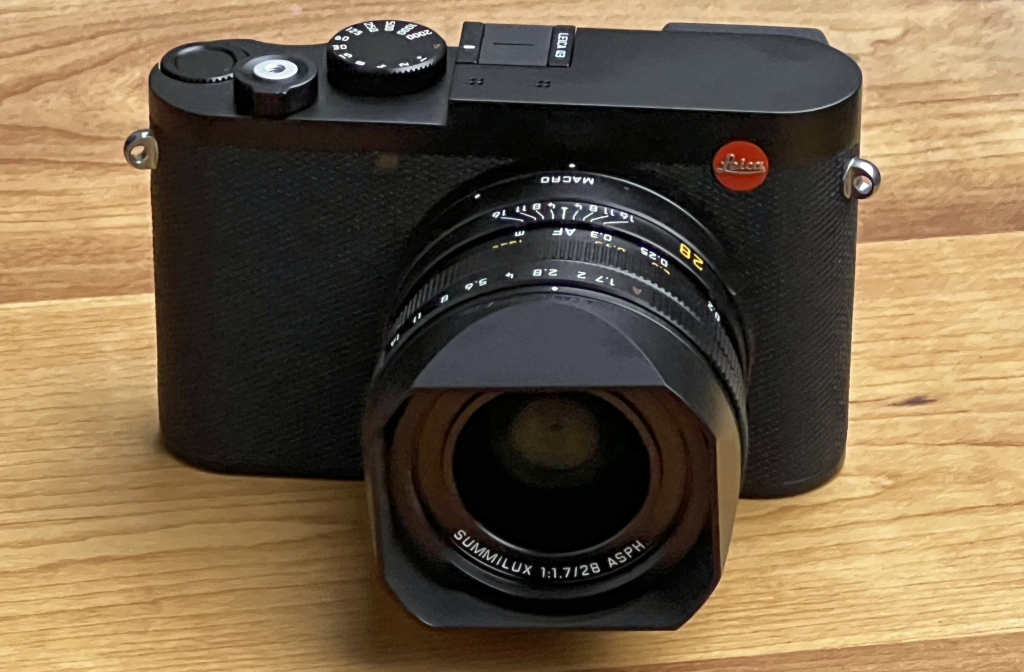
6. The Compact Camera Renaissance
Despite the smartphone and mirrorless camera reign being as powerful as ever, compact cameras are seeing a surprise comeback. The latest CIPA report shows an 11% increase in compact camera shipment and a 50% increase in shipping value in early 2025. This is driven by younger consumers and enthusiasts requiring high-end image quality without the bulk of interchangable-lens systems.
Cameras like the Sony RX1R III and Leica Q3 are leading the charge on this front, with pro capabilities in a package size that’s just right for street and travel photography. As Digital Camera World suggests, these cameras are “simply a delight to use” if you happen to be able to afford to shell out for them.

7. What’s Next: Unanswered Questions and New Possibilities
Google’s union is more questions than answers: What will it name the combined OS? How will it reconcile Chrome OS’s security and manageability with Android’s openness? And when will consumers finally see the first wave of devices?

On the hardware front, the RX1R III’s arrival raises the bar for what compact cameras can achieve, but also highlights the growing divide between accessible technology and luxury gear. As both Google and Sony push boundaries, the tech-savvy audience stands to benefit but only if these bold bets pay off.
The convergence of operating systems and the return of point-and-shoot cameras both speak to a greater truth: innovation occurs at the intersection of user demand and technological capability. As Google and Sony venture into uncharted territory, they challenge assumptions as to what devices can do and for whom. Future months will report whether or not these gambles remake the landscape or simply pen another chapter in the tech industry’s long history of reinvention.

